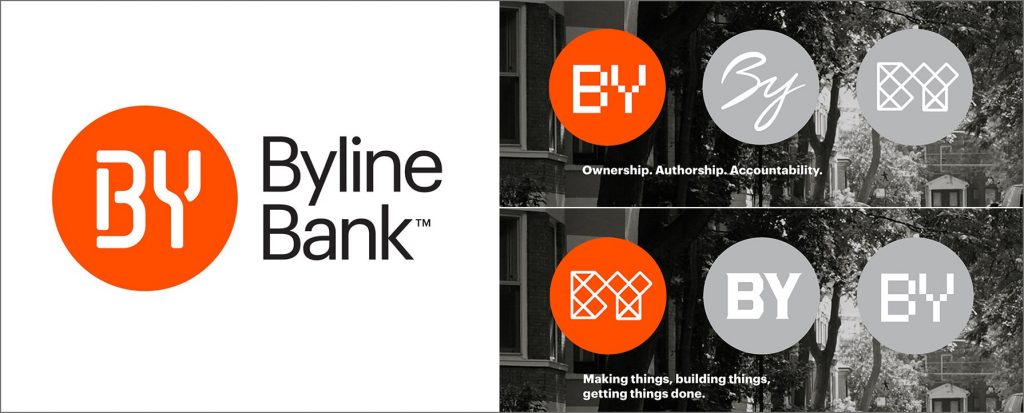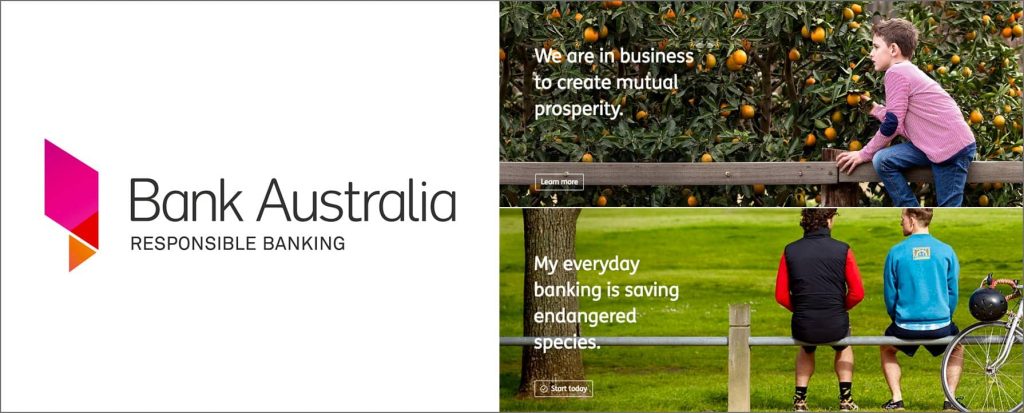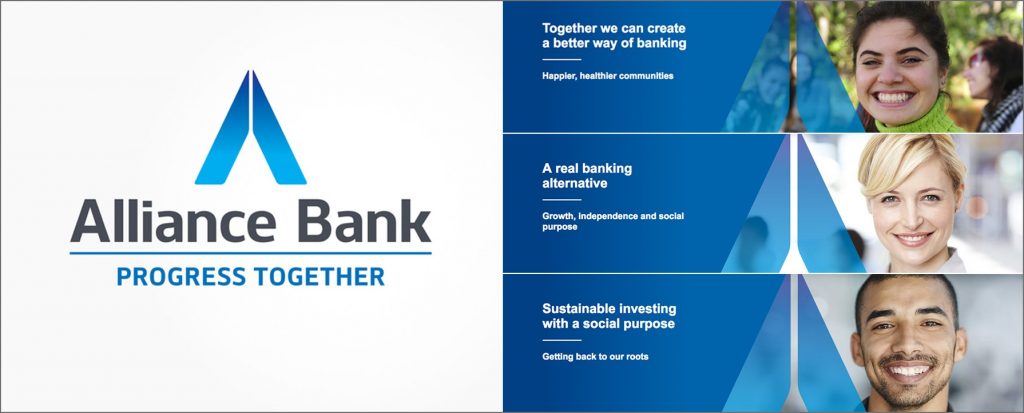When people think of the big four banks in Australia, it’s difficult to think beyond profit. According to the Reserve Bank of Australia (RBA), by the end of 2015 the big four banks were the most profitable in the world, averaging 15% return on equity (ahead of Canadian banks at 14% and banks in the US and Europe at less than 10%).
Whilst being great for shareholders, the consistent profitability of the big four banks has also drawn criticism. In the face of record low cash rates, the big four have chosen to increase interest rates rather than pass on the savings to consumers. They’ve attracted bad press for investment into fossil fuels, coal mining near the Great Barrier Reef and nuclear arms manufacturing. Throw in a financial planning scandal, rate fixing and insider trading allegations and the banking sector image doesn’t look so reputable.
The approach of putting profit first has eroded trust amongst banking consumers. A national survey by Catalyst Australia shows that 76% of respondents believe that banks put profit before social and environmental responsibilities.
Yet there are banks that are taking a step back and thinking about their purpose in society beyond profit – and aligning their brands accordingly. Obviously there are the usual Corporate Social Responsibility programs that all banks have to generate goodwill around their brand, but these are usually secondary to their main mission of creating profit for their shareholders.
However there are emerging banks that focus their core business strategy and brand image around their social efforts. This emerging form of banking doesn’t have a clear definition. Various terms such as social banking, ethical banking, social enterprise banking, and sustainable banking all come into play.
Common themes include:
- Ethical, sustainable and environmentally friendly investments
- Re-investment into the community in the form of jobs and community social projects
- Favourable loan conditions and financial services for social enterprises (profitable businesses with social goals), charities and not-for-profits.
- A “people before profit” approach where profits are re-invested into the community rather than distributed to shareholders.
What is clear is the point of difference these bank brands offer as a challenger to traditional big banks – using their unique position in the economy to bring about positive social, environmental and economic change in the community. By providing transparency of investment and demonstrating evidence of their social contributions, these banks are able to build brands that authentically resonate with consumers.
Here’s a quick look at a few examples from around the world and closer to home.
Based in Chicago, Byline Bank (formerly North Community Bank) brands itself as a local Chicago resident – as “neighbours helping neighbours”. Leveraging deep community roots, the Byline Bank brand conveys authorship and accountability. The brand mark varies to convey the diversity of the Chicago community.
Byline bank exists to make Chicago a great place to live and work – to be “the bank Chicagoans deserve”.
While the slick branding and messaging of Byline convey a deep sense of community, social good and neighbourhood-centricity, it is unclear precisely how Byline contributes back to the community. In this case, their brand promise remains to be fulfilled.

Unity Trust Bank
Unity (based in the UK) only works with businesses and organisations in the social economy – those who aim to create community, social or environmental benefit in a sustainable way.
Their brand mark consists of two interlocking U shapes to express the symbiotic relationship between social good and financial sustainability. They focus the lending of their customers’ deposits on projects with a clear social impact.
While their visual branding isn’t slick, their brand strategy and promise comes to fruition in their “Social lending impact” map and featured case studies.
Bank Australia
https://bankaust.com.au/personal/
With the tagline “responsible banking”, Bank Australia is 100% customer-owned, having its roots as a credit union. It puts its profits back into providing competitive rates and fees for its customers. Bank Australia also runs an “Impact Fund” to support projects with positive social impacts and invests in the Bank Australia Conservation Reserve to protect endangered species.
Their geometric logo is meant to convey an open book, but also conveys direction and an (very) abstract Australia. The colour palette of magenta (progression), ochre (Australian landscape) and navy (security) is refreshing and unexpected in the financial category, signifying a point of difference to traditional banking.
Combined with photographs of real customers and landscape illustrations based on the brand colours, the Bank Australia brand communicates their socially responsible approach.

Alliance Bank
http://alliancebankgroup.com.au/
Alliance Bank is a partnership of four credit unions (Service One, BDCU, Circle and AWA) backed by Bendigo and Adelaide Bank. Their stated aim is to create positive social change by investing profits in initiatives that will benefit members and their communities.
The brand proposition “progress together” is expressed in the Alliance Bank logo where two forms converge in a mutual direction, evoking progression and partnership. The colour palette is dominated by blue and grey, placing Alliance Bank squarely in the financial sector. Expected stock imagery diminishes the authenticity of the brand and the website design seems dated. Whilst all of their messaging speaks to social enterprises, there is only one case study to substantiate their brand promise.
Alliance Bank has the beginnings of a great social banking brand, however it lacks authentic appeal.

In summary…
Banks with social/sustainable/ethical/environmental efforts as their core focus have an amazing brand story to tell and a potentially disruptive point of difference from the big banks, however there are few brands out there that combine their story with compelling and authentic visual branding – and that is where there is still great potential to connect with socially aware consumers.
A challenge for these emerging brands is to re-assure consumers that they will still have access to secure, convenient and competitive banking services – all delivered with a social conscience.
Reassuring customers will require evidence and transparency. Brands will need to demonstrate how their funds are invested and the social good that results from that investment with tangible statistics. They will need to demonstrate the financial sustainability of their investments to prove their socially responsible approach is also profitable and secure.
Beyond statistics, banks need to tell the human story through social proof, testimonials and case studies to tell real stories about their business and show how it has benefitted real people in real situations. These authentic stories could form the basis of content and campaigns – an opportunity to drive awareness of banking beyond the bottom line.










